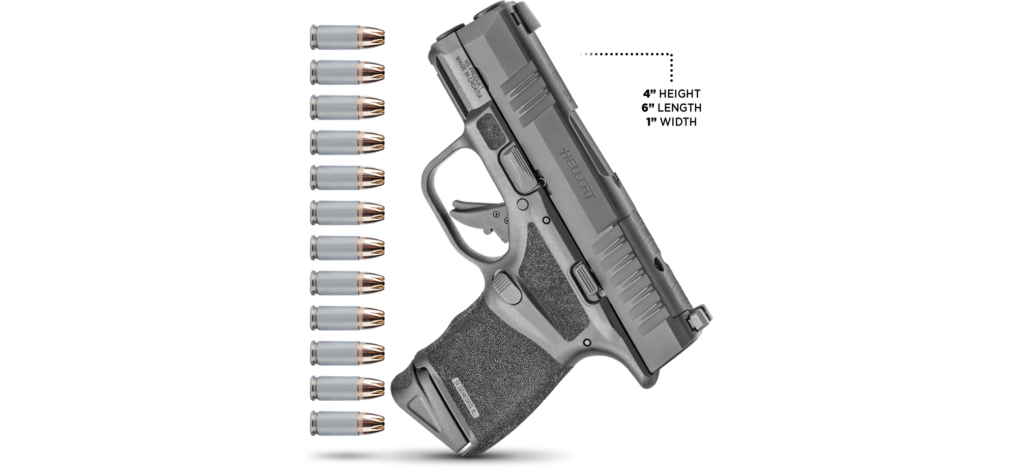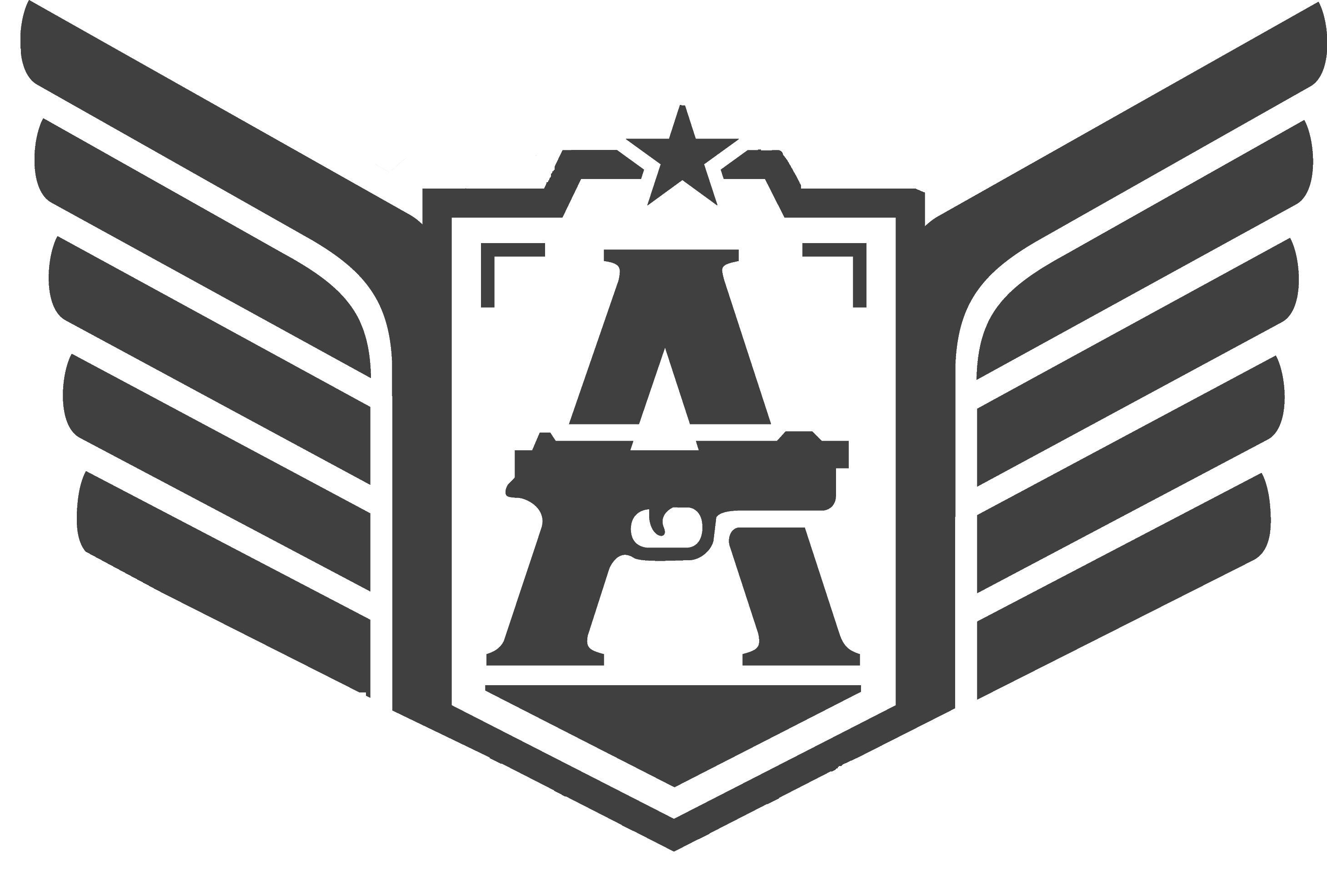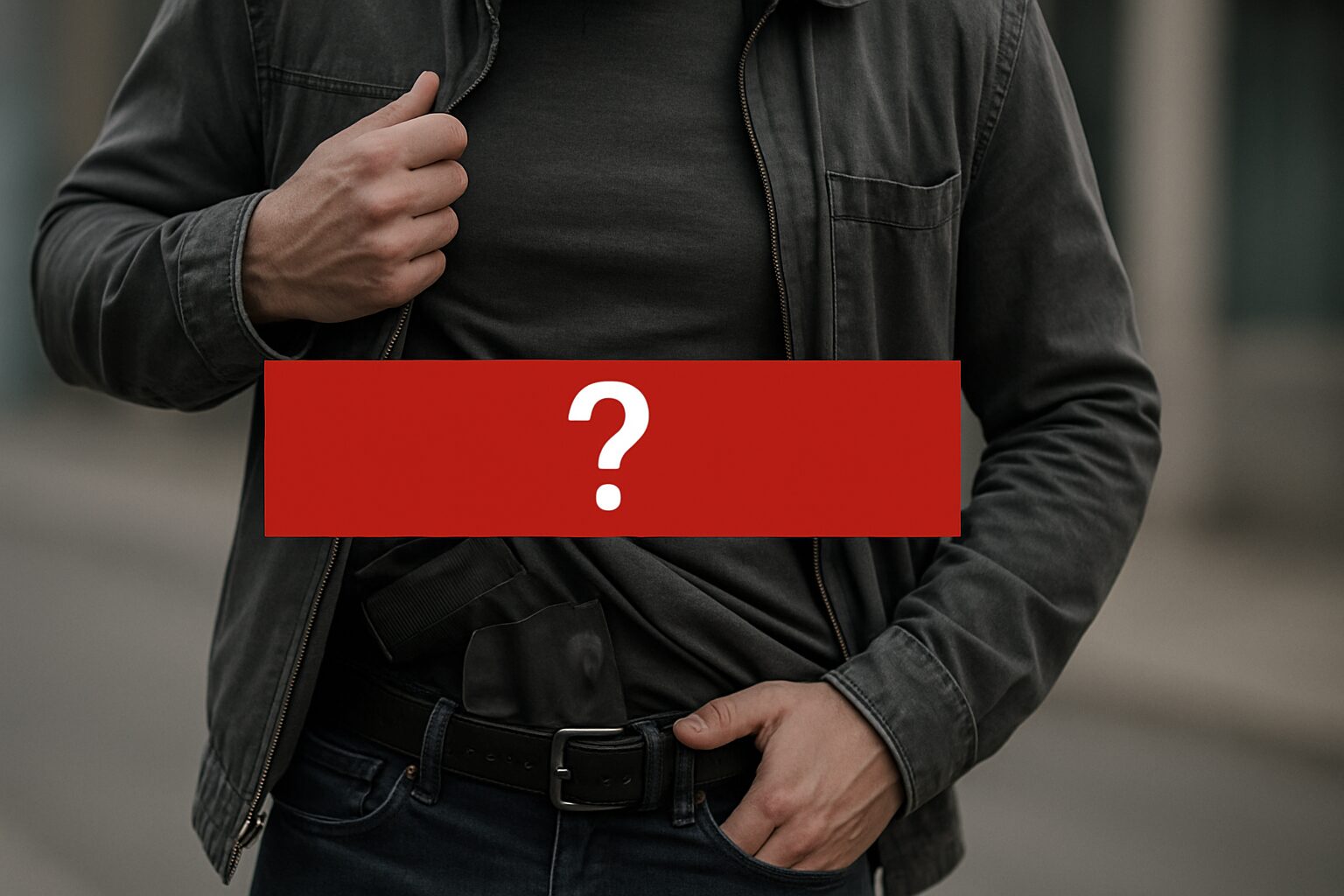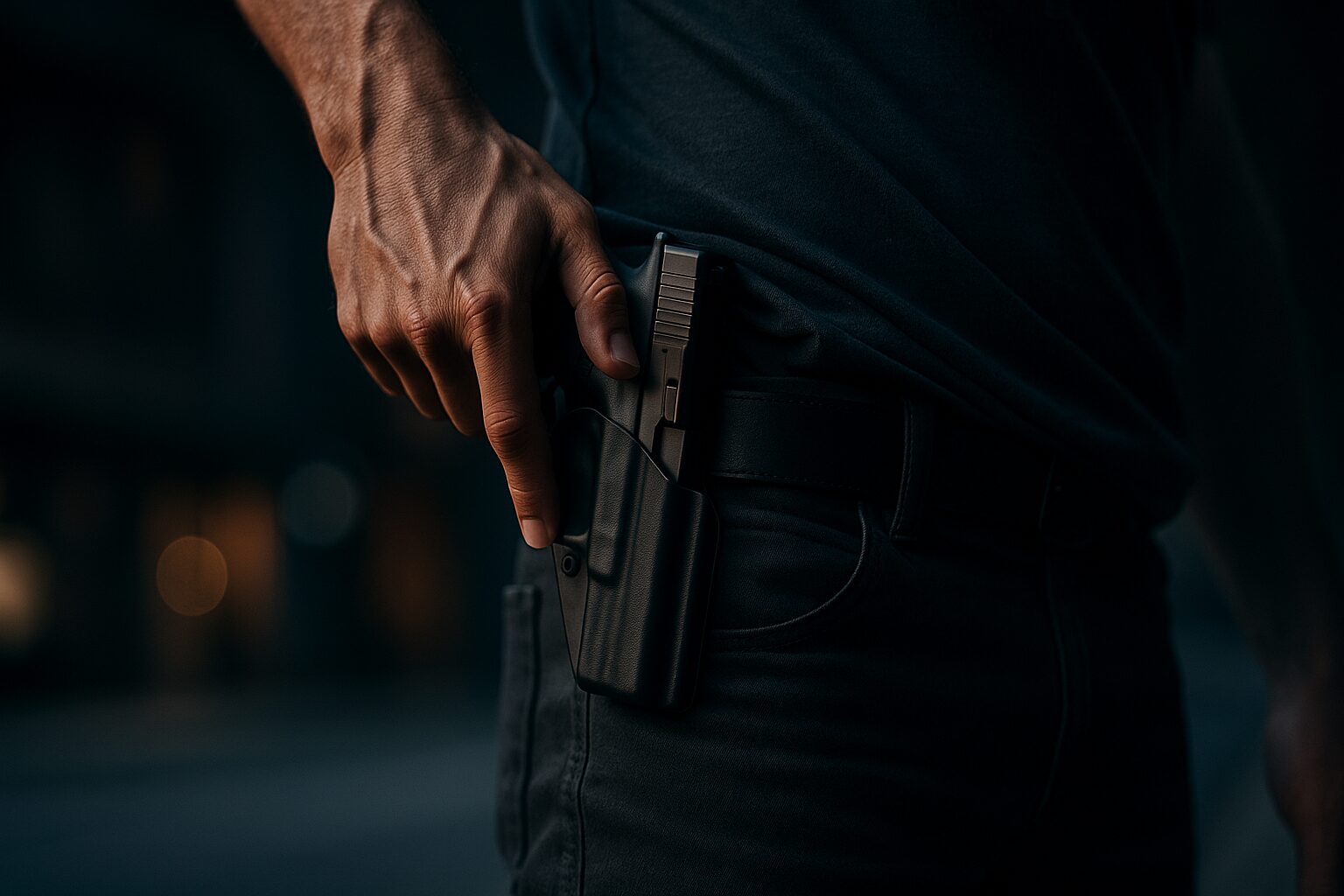Choosing a carry pistol is personal, practical and—if done right—deliberate. This is not a review of models or specs. This is a decision framework so you pick a pistol that fits your life, your training, and your long-term safety. Treat it like buying shoes for a long hike: comfort, reliability and practice matter more than shiny marketing.
1. Don’t rush. Try before you commit.
A pistol must feel right in your hand. Grip, controls, trigger reach, and recoil impulse are immediate impressions you cannot fully guess from specs or photos. Rent several pistols at the range, shoot them with the carry grip and with standard defensive loads, and evaluate recoil, sight picture and reload ergonomics. Take notes. Sleep on it. A conscious, measured choice beats an impulse buy.
2. Don’t think it’s forever — mistakes are fixable.
Many people end up owning two (or more) handguns in their lifetime. If you buy and later realize it’s not ideal, you can correct it. Don’t treat a first carry pistol as a life sentence; treat it as your current best choice and keep learning.
3. You don’t buy skills at the gun shop. Prioritize ammo & training.
A pistol is a tool; proficiency is what makes it effective. Allocate a meaningful part of your budget to quality ammunition and structured training. A better shooter with a mediocre pistol will usually outperform a novice with a “premium” gun. Train with the gun you carry.

4. Accept advice, but own the decision.
Listen to instructors, friends, and online opinions—then make your own call. Suggestions are useful, but carry choices are intimate and practical. I couldn’t pick your car for you; similarly, I can’t pick your pistol. You will live with this choice day-to-day; own it.
5. Avoid full-size service pistols for concealed carry.
Full-size pistols can be excellent for range and duty use, but they are less practical for everyday concealed carry due to size, printing, and comfort. Consider compact or subcompact models designed for concealment if your goal is everyday carry.

6. Don’t confuse sport guns with carry guns — be wary of heavy customizations.
Competition or range-tuned pistols (long slides, optics, aggressive triggers) can be beautiful and fast on the range, but they may not be ideal for everyday carry. Excessive custom work can reduce reliability, increase maintenance, and change the pistol’s ergonomics. Prioritize simplicity and proven reliability for a carry weapon.
7. Train with the pistol you intend to carry.
Skill transfer between different guns exists, but it’s not immediate. Your draw, reload, and malfunction clearance should be practiced on the exact pistol and holster configuration you will carry. If you must train on a different gun, be aware of the gaps and close them quickly with focused range time.
8. Don’t be stingy — balance cost and value.
Extremely cheap pistols can be false economy. They may be unreliable, have poor ergonomics, or lack parts/support. That said, you don’t need the top-of-the-line boutique piece either. Find a reliable, well-supported pistol at a reasonable price and spend remaining funds on training and quality ammunition.
9. Prioritize reliability, spare parts and local support.
Choose platforms with proven reliability and a good supply of parts and holsters. In a carry pistol, “it works every time” is the non-negotiable baseline. Consider manufacturers with local service centers or easy access to spare magazines and common replacement parts.

10. Holster, concealment system, and context matter.
A good holster that forces proper retention and consistent draw speed is as important as the pistol itself. Try your intended clothing and holster before finalizing the gun.
Quick practical checklist before you buy
- Rent and shoot the pistol (carry grip) with defensive ammo.
- Confirm comfortable concealment with your preferred holster and clothing.
- Verify parts, magazines and holsters are available locally.
- Budget for at least 1,000 rounds and a formal training course in the first year.
- Plan for a backup (second pistol or redundant magazines) over the medium term.
Choosing a carry pistol is less about the model and more about the match between tool, human, and habits. Slow down, shoot lots, spend on training and ammunition, pick a reliable platform supported by parts and holsters, and own the decision. That’s how you pick the carry pistol that will serve you responsibly in 2026 and beyond.


